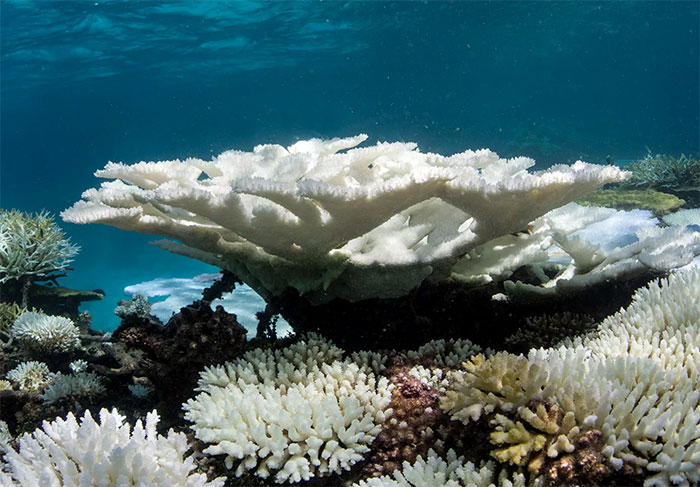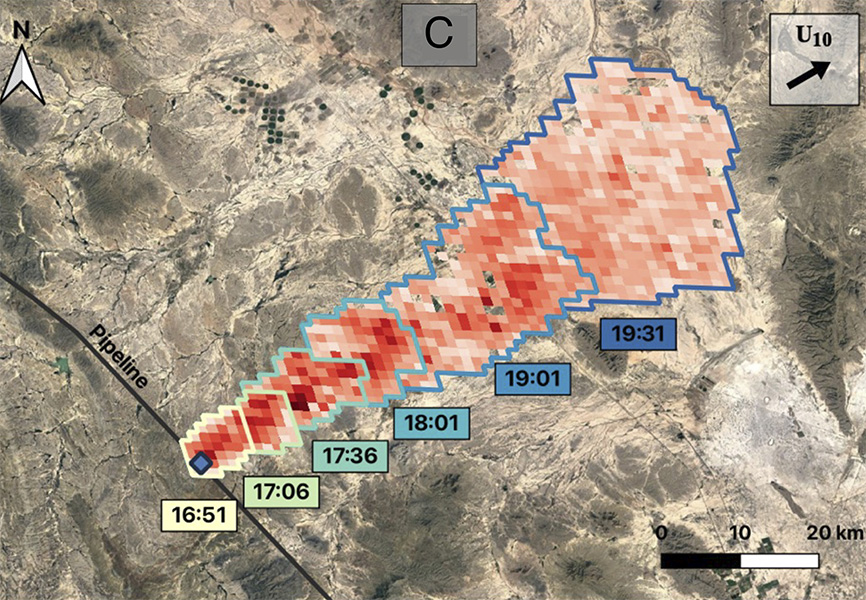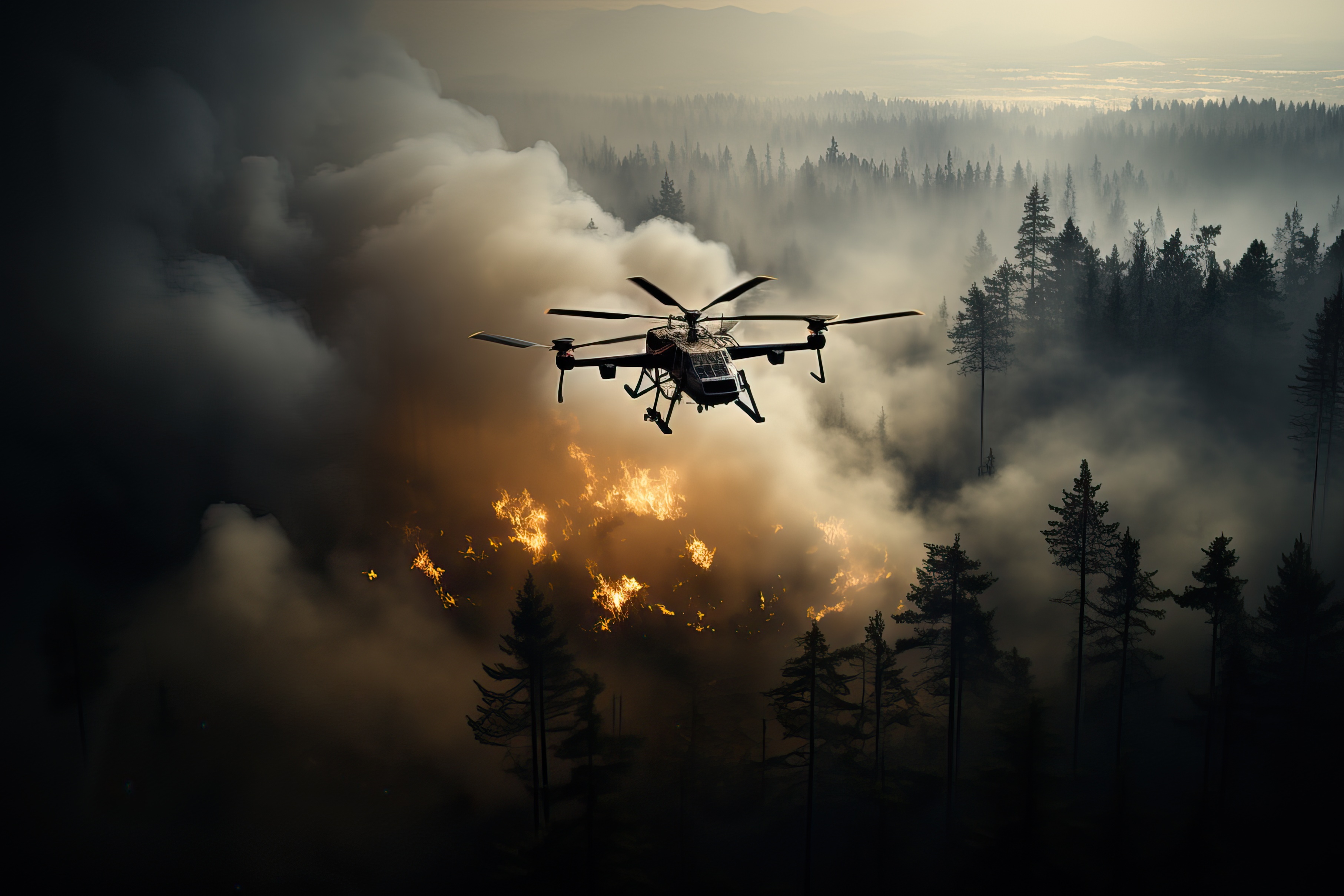
Featured NewsJuly 25, 2024 Biden-Harris Administration Advances Wildfire Detection by Expanding Use of SatellitesA collaborative agreement for use of NOAA satellites will help the Interior and Agriculture Departments detect wildfires early, track wildfires in real time, and provide data for public safety and air quality modeling. Supported by a $20 million investment from the President’s Bipartisan Infrastructure Law - $10 million each from Interior and Agriculture - this new agreement will use advanced remote sensing capabilities to improve the speed and accuracy of wildfire detection. Agreement signatories: 
April 16, 2024 NOAA Confirms 4th global coral bleaching eventThe world is currently experiencing a global coral bleaching event, the fourth global event on record and the second in the last 10 years. "From February 2023 to April 2024, significant coral bleaching has been documented in both the Northern and Southern Hemispheres of each major ocean basin," said Derek Manzello, Ph.D., NOAA Coral Reef Watch coordinator. 
February 5, 2024 New Product Shows Promise for Methane Monitoring“The potential for this technique is enormous,” — Shobha Kondragunta, STAR This new geostationary data product has great potential to improve our ability to monitor methane emissions, which are second only to carbon dioxide in warming effects. The technique was introduced in a recent paper by Harvard scientists. 
January 18, 2024 Pavolonis Quoted in Wildfire Detection ArticleArtificial Intelligence (AI) is a force-multiplier in detection efforts Dr. Michael Pavolonis, NESDIS Wildland Fire Program Manager was quoted in an article by Meteorological Technology Today titled “How are drones, satellites and AI models working together to predict fires and save lives?” 
  hover over animation to pause
|